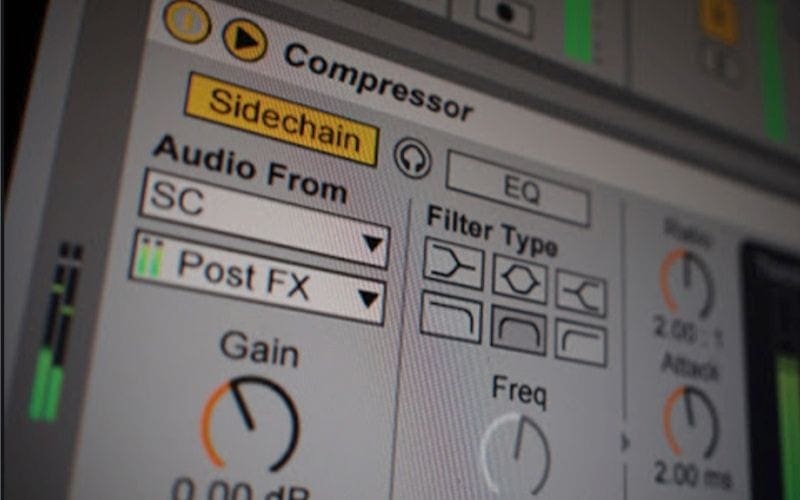

For example, use it with an equaliser to allow a certain frequency to push through or make space by pushing down that frequency in a crowded channel.Īn often overlooked but incredibly effective use for sidechaining is to make the vocals shine. You could use sidechaining with effects modules to create some interesting automation. You can set your trigger to be silent in the mix meaning that it will simply provide that rise and fall of compression without actually pushing another sound in its place. Using sidechaining you can create swells in any or all of your tracks by setting it to a channel providing the rhythmic trigger you’re after. You may use the sidechaining effect to emphasise a rhythmic swelling of volume that isn’t isolated to just pushing the kick through. Listen to how the mix falls away with each kick in this track from Purity Ring. By ducking other elements in the mix with each hit of the kick, it makes for an explosive thumping effect that drives a beat really hard. The most common use of a sidechaining effect is to bring the kick drum to the forefront of the mix. Sidechain compression is most popular in dance and electronic music rather than genres with subtler dynamic nuances like classical or folk music.Īs we’ll explore, sidechaining can be used for a variety of purposes. It usually gives you the ability to use high frequency and low frequency filters, so you can key in certain frequencies – and make the sidechain more sensitive to those certain frequencies. It works in two ways – the first part triggers the compressor, and the second lowers the volume.
#Sidechain compression logic pro download
Your DAW should come with a stock compressor that has a sidechain, or you can download an additional plugin. It can also be used for example to make more room for a vocal in a dense mix. When a kick and bass play similar patterns, sidechaining makes sure the kick creates the attack, and the bass produces the sustain. In “One More Time” the kick drum dictates when the compressor clamps down, and the bass therefore gets compressed when the kick drum hits. It’s used when one sound in a mix needs to get quieter whilst another gets louder, much like “ducking” when music on the radio automatically reduces as the DJ begins to talk. It’s the same basic idea as standard compression, but sidechaining triggers the compressor when a different signal gets louder – so the compressor affects one sound, but triggered by another.

You can hear sidechain compression applied to the heavy bass frequency at 00:45 of Daft Punk’s “One More Time” as a kick drum enters the chat:ĮDM producers refer to that pumping sound as “sidechain”. You can use sidechain compression to bring in sharper rhythm and more separation, making room for instruments in a dense mix. Sidechain compression instead makes sure that a particular instrument is compressed relative to other instruments in a mix. Normal compressors work independently, monitoring the level of a channel’s input and controlling the output volume of that same channel. Before you go on be warned, once you know it you will never unhear it sidechain compression is everywhere. In this article we will look at this special production technique that has become a favourite among many producers (and is frowned upon by some). One tool available to deal with this is sidechain compression.
#Sidechain compression logic pro how to
Get to know the basics of sidechain compression in music producing and how to do it in your DAW.Īs you get started producing you’ll soon begin to notice that instruments in your mix that have similar frequencies can interfere with each other, losing definition in sound.


 0 kommentar(er)
0 kommentar(er)
